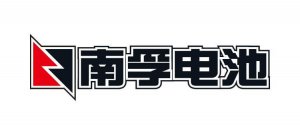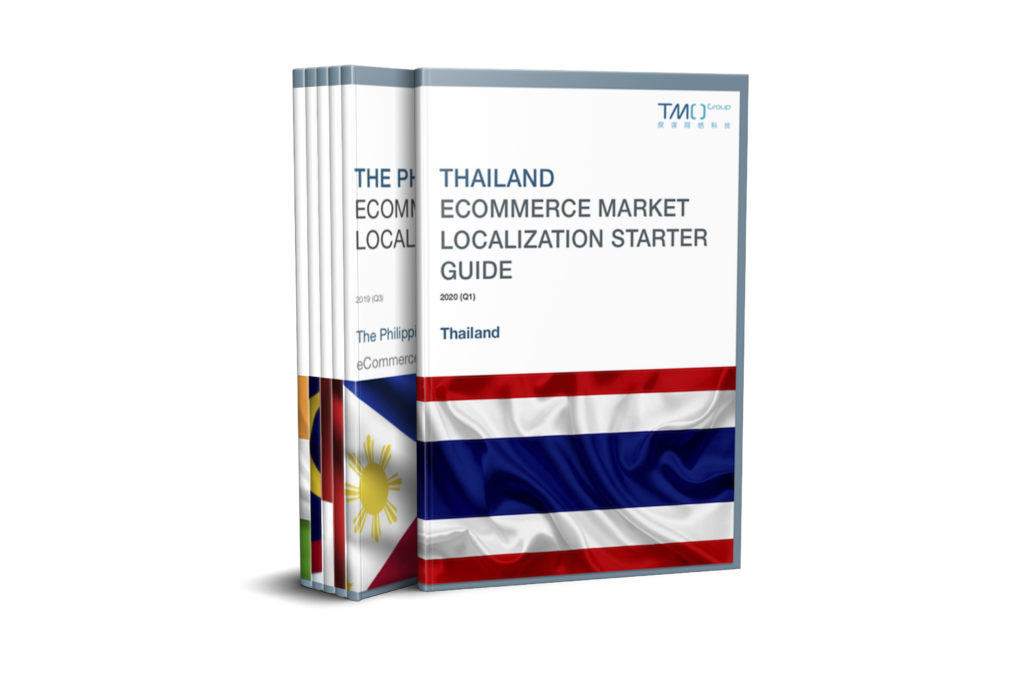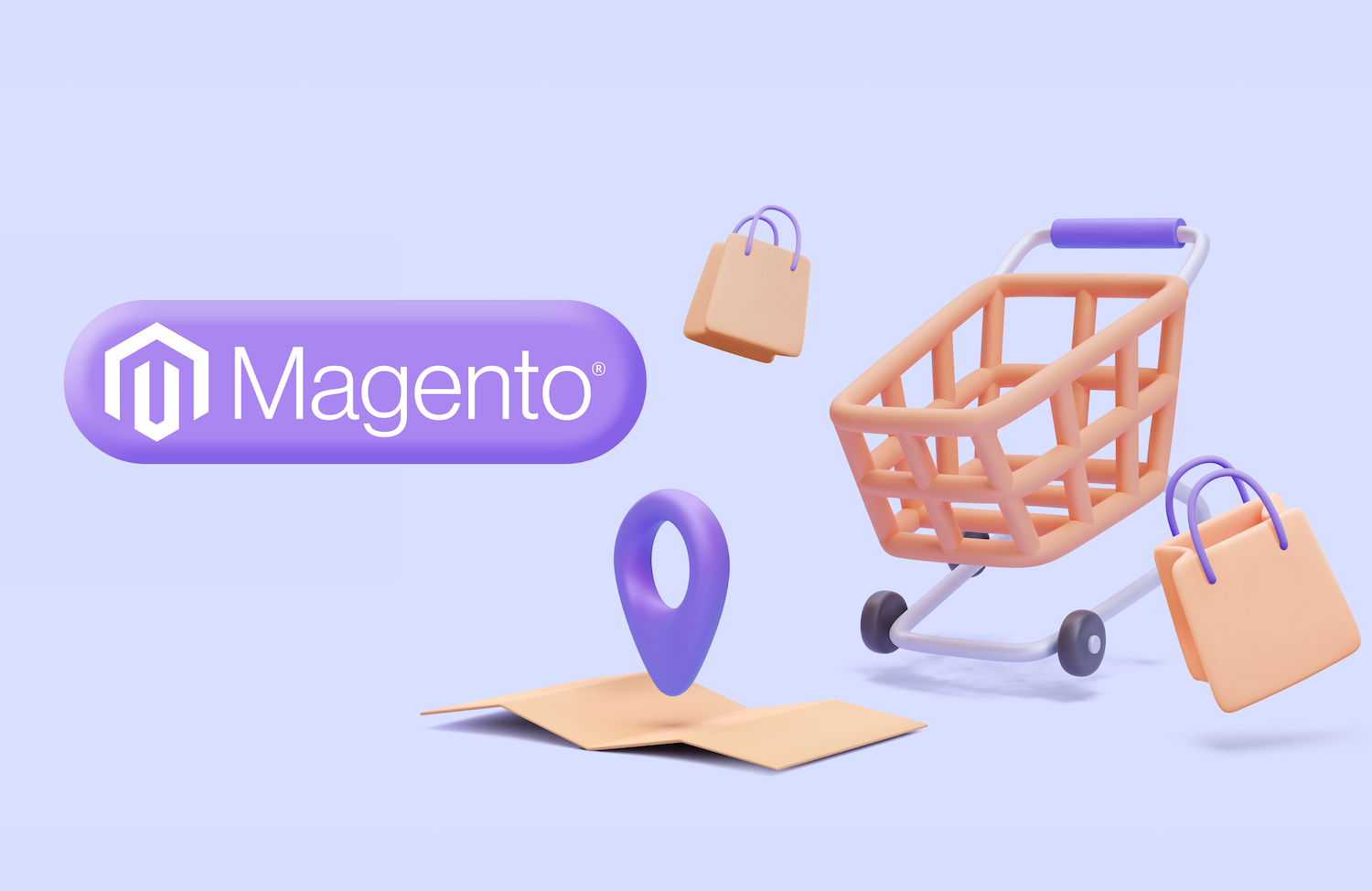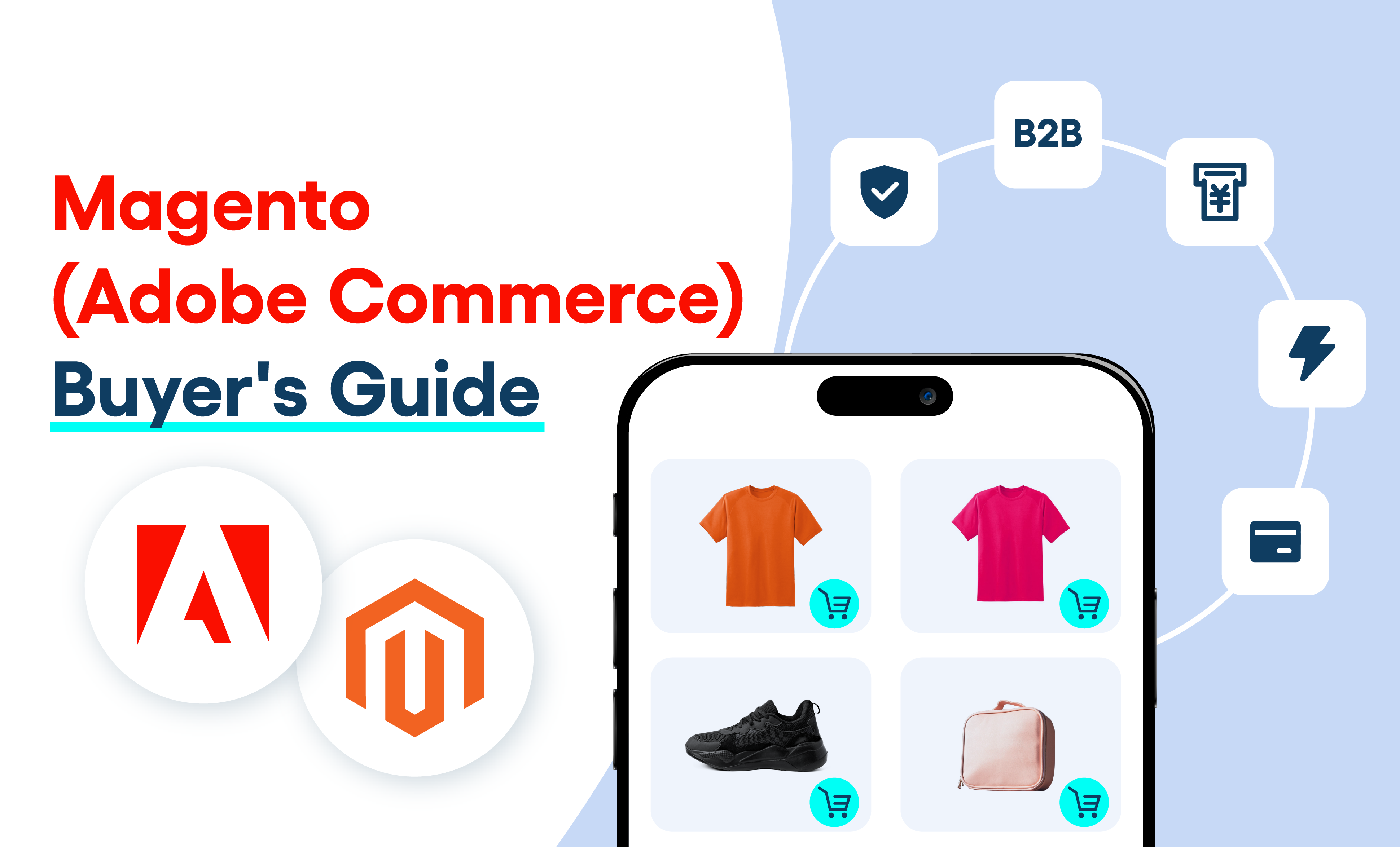Southeast Asia cross-border eCommerce. Exciting words for industry insiders who eagerly look to the region's developments. The SEA region's economic development, poverty alleviation and rising consumption power all point towards a bright future for eCommerce. A higher quality of life brings more frequent online consumption and diversifies product categories.
Nanfu Battery is one of the world's top 5 alkaline battery manufacturers and a leading company in China. Looking for international expansion through cross-border eCommerce, the Southeast Asian region was a logical choice. However, Nanfu needed a strategy on which countries’ had the highest market potential and how they could grasp the business opportunities. Therefore, TMO Group conducted a market scan for 7 countries in the region to determine market potential and maturity. The countries included India, Indonesia, Malaysia, Philippines, Singapore, Thailand, Vietnam.

Scattered Markets and Limited Data
Although these countries are situated quite close to each other, they have very different developments, operations and markets. Limited market data and information make it difficult to get a complete overview. By focusing on specific aspects to highlight of every country, we made sure to provide a complete picture. Based on Nanfu's needs and input, we also looked at specific products, market potential and maturity.
Large-scale Investments or Small-scale Pilots
India and Indonesia, respectively the second and fourth largest countries by population offer a very attractive market. However, the huge differences between rural and urban, as well as incomes, make them challenging to enter. Although the Indonesian government actively promotes eCommerce, many restrictions remain for foreign companies. Furthermore, Indonesia’s business environment is influenced by an unstable government and corruptive practices.
Countries like Malaysia, Singapore and Thailand do not provide a similar scale for eCommerce expansion. A better regulated and more convenient business environment makes up for this though. With fewer cross-border restrictions and a higher acceptance of Chinese products, these markets are very suited to serve as pilot zones for testing the water. Their central position also makes them perfect for setting up regional headquarters or local logistics hubs.
Similar Behavior, Different Demands
Trends in SEA consumer behavior develop in a similar trend as China did 5 or 10 years ago. Of course, country-specific characteristics also exist with the regional differences among the countries. For example, since Singaporeans can already fulfill all their basic needs, so they find product experience, service and quality more important. On the other hand, Indonesian consumers focus more on discounts and Thai consumers are highly brand loyal.

Shopping behavior is an important factor in defining market potential. Like the worldwide trend, consumers in Southeast Asia choose to purchase online because it is convenient and cheap. However, they are much more focused on mobile, spending on average 1 hour more on their phone screens compared to the worldwide standard. Furthermore, 70% of eCommerce traffic comes from mobile phones. But the real ‘eCommerce revolution’ has not happened yet. Desktop conversions are still 3 times higher than mobile, which means consumers still hesitate to complete the entire purchasing process on their mobile phones. Moreover, with O2O diversifying the online and offline shopping process and sales channels, social media start to play an important role in the customer journey.
Southeast Asia cross-border eCommerce and foreign products allow consumers to experience and get to know different cultures. At the same time, it is important for foreign brands to be culturally and politically sensitive when entering the market and promoting their products.
Analyzing Competitors, Products and Prices
By doing a product and price comparison, Nanfu could get an idea of the local competitive environment and determine their competitive advantages.
Besides their competitors' products we also took a closer look at these companies. This included analyzing their local business models, online and offline channels, as well as company structures to help Nanfu to formulate a strategy and company setup. Providing context to issues like: is it necessary to register a company; what kind of functions should a local representation have (factory, administrative office, distribution, etc.); is it better to work with retailers or distributors; which online (brand website, marketplace flagship store, authorized online retailer, social media) and offline (store, authorized offline retailer) channels need to be set up.
All in all, the scan resulted in a promising but challenging picture of the Southeast Asian market. Want to enter the Southeast Asian market, but need more data and insights for your entry strategy? Do not hesitate and get in touch with us to explore the Southeast Asian market landscape and environment.
You also might be interested in our eCommerce Market Localization Guides, which include in-depth guides to some of Southeast Asia's most exciting markets.











